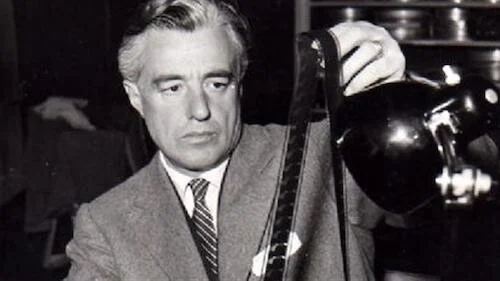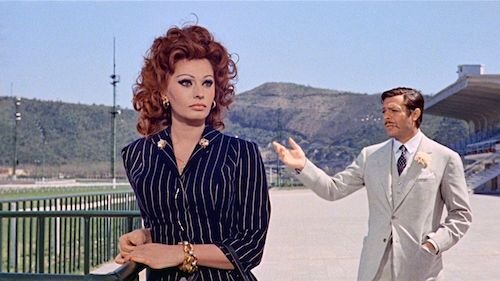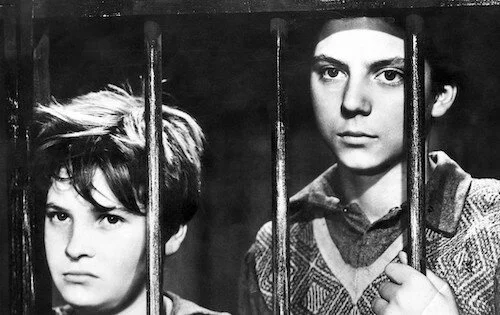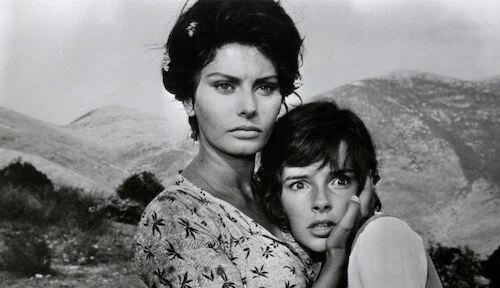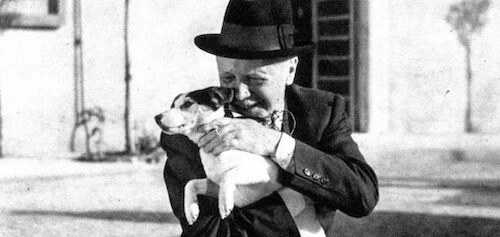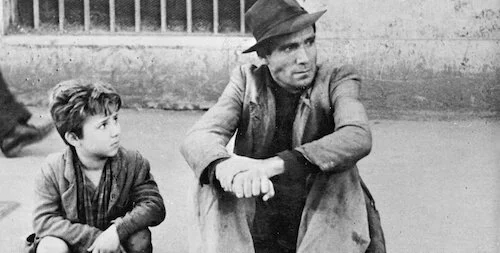Vittorio De Sica: Five Films for Newcomers
A filmmaker like Vittorio De Sica may be a fundamental name for film students, considering his connection to Italian Neorealism (one of the early important shifts of cinema in the talkie era). Otherwise, this is a name you must get to know if you want to venture forth and discover more world cinema (or Italy’s endless fountain of filmmaking brilliance). Having made some classics (okay, more than some), De Sica is one of the great auteurs of all time, mostly in part to his ability to capture true devastation in his works (which often reflected the mindsets of the lower and working classes of impoverished times in Europe and Italy, as a reaction against lying governments). So, on his date of birth, we’re talking about some of his greatest achievements. Here are five films for newcomers to the works of Vittorio De Sica.
5. Marriage Italian Style
A considerably lighter film than the other handful found here (take that with a grain of salt), Marriage Italian Style is one of many collaborations between Sophia Loren and Marcello Mastroianni (in and out of De Sica’s filmography). Outside of the always perfect chemistry between the two and the obvious commentary of Italy’s economic and political state after the second World War, it’s just nice to see De Sica working with colour, so I felt that at least one entry here had to be a later work of his like this one.
4. Shoeshine
Now, we go much further backwards. Most of his other earlier works get the spotlight when discussed (see entires 2 and 1), but his first major success Shoeshine deserves some love as well. Following two working boys that will to buy a horse with their earnings, Shoeshine is a then-progressive take on political injustices and systemic favouritism, which clashes against some of the more sugary films being pushed to the forefront of the industry around this time (well, maybe not as much as the highest listed film, but Shoeshine is incredibly overlooked by many classes and circles).
3. Two Women
Speaking of overlooked films, we now have Two Women. Often more attributed to Sophia Loren’s Academy Award winning lead performance than with De Sica’s filmography, this shocking coming-of-age tale features a mother that refuses to give up during World War II, and her daughter that’s trying to figure out her own identity throughout this chaos. We’re quickly reminded that this is a De Sica feature, so any thriving optimism that radiates from Loren’s character is quickly stifled eventually. Then, Two Women becomes a test of resilience. Somehow, it’s a blindside from De Sica, despite his signature boldness to dig deeply into the depths of tragedy.
2. Umberto D.
Possibly one of the most depressing films ever crafted, De Sica’s second indisputable masterpiece is this relationship between a struggling retired worker and his dog, while the world of economic ebb and flow works against him. Even with so little in the film (limited locations, casts, and more), Umberto D. is so inherently powerful that you will unquestionably be bowled over no matter what. Try to make it to the climax without a kleenex box nearby. If his opus redefined cinema, Umberto D. showed what else he could offer in this same style.
1. Bicycle Thieves
Here it is. The film that’s discussed in borderline every single film history course. The archetypical Italian neorealist masterpiece. The film that put De Sica on the map for eternity. Featuring non-actors in the leading roles (as to capture the true essences of the society De Sica was featuring on screen), Bicycle Thieves is the pursuit of a greater life that continues to punch back at every single futile attempt to improve. Representing the hopelessness of a generation in the form of a suffering family in need of a stolen bicycle in order to continue employment (and living), Bicycle Thieves is one of cinema’s clearest messages about the lowest pits of financial hardships for an entire nation. It was meant to represent post-war Italy, but it speaks for many lives decades later. It is absolutely the first film to watch if you want to learn more about Vittorio De Sica: one of the greatest filmmakers there ever was.
Andreas Babiolakis has a Masters degree in Film and Photography Preservation and Collections Management from Ryerson University, as well as a Bachelors degree in Cinema Studies from York University. His favourite times of year are the Criterion Collection flash sales and the annual Toronto International Film Festival.

